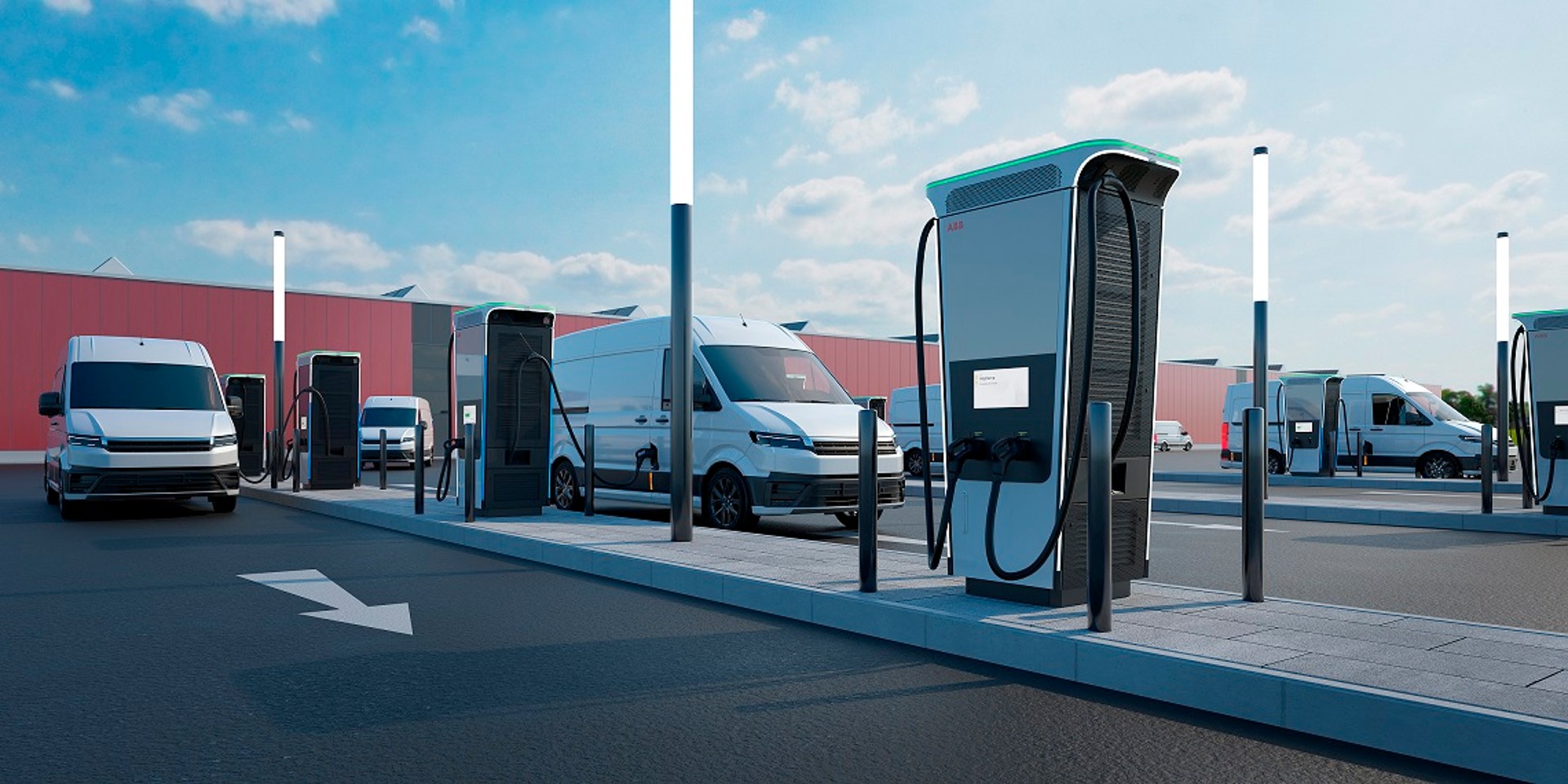Between 2024 and 2025, Italian companies can benefit from the Transizione 5.0 Plan, which allocates €6.3 billion in tax incentives to promote energy efficiency and decarbonisation.
Among the eligible expenditures is the installation of electric vehicle (EV) charging points, on the condition that they contribute to a verified reduction in energy use: either 3% across the entire production site or 5% in specific industrial processes.
The fiscal incentive comes in the form of a tax credit ranging from 35% to 45%, depending on the level of energy savings achieved.
The maximum rate is granted to projects that demonstrate at least a 10% reduction at the facility level or 15% within processes.
To qualify, companies must submit two independent technical certifications:
• An ex ante certificate forecasting the expected savings.
• An ex post certificate confirming the results post-implementation.
These documents must be issued by accredited professionals, including EGE-certified energy managers, UNI CEI 11352-certified ESCo companies, or registered engineers and technicians recognised by Accredia.
Applications must be submitted exclusively through the GSE’s online portal, using SPID authentication.
The full process includes project registration, documentation review, milestone confirmation, and final reporting, ending with the application of the tax credit via F24 offsetting.
Only projects initiated after January 1, 2024, and completed by December 31, 2025, are eligible.
According to Motus-E data as of March 31, 2025, Italy has 65,992 active public charging points, up by 11,828 in the past 12 months.
Lombardy leads with 13,306 units, followed by Lazio (7,040) and Piedmont (6,351). In terms of cities, Rome tops the list with 5,605 public chargers, ahead of Milan (4,414) and Naples (3,046).







